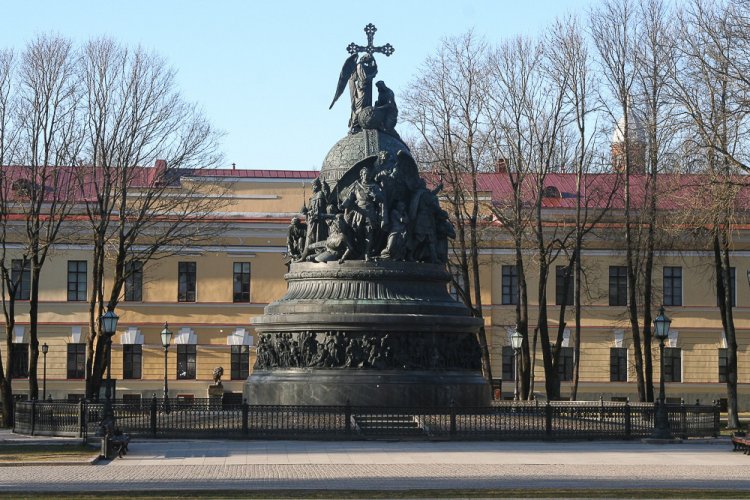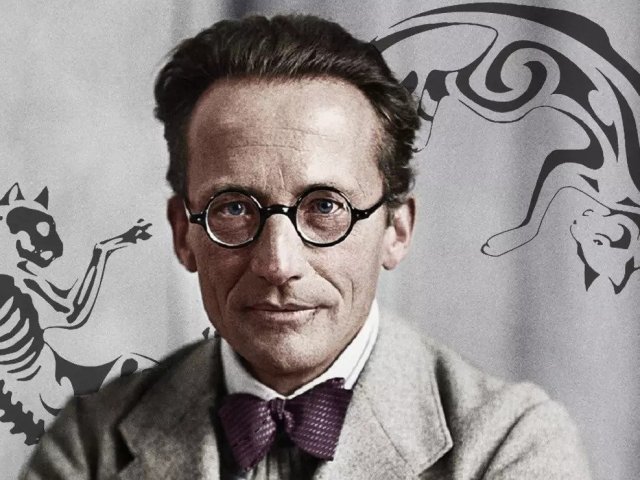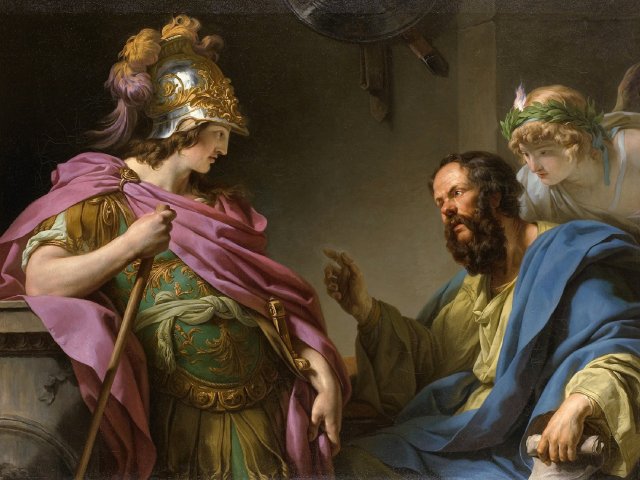Guess the riddle: where can you see Cyril and Methodius, Catherine II, Yaroslav the Wise, Pushkin, Lermontov, Ivan Susanin, Karamzin, Griboyedov and more than a hundred figures in one place? At the same time, Alexander Pushkin and Mikhail Lermontov will be dressed in Roman dress, and Ivan the Terrible will not be there, because he once executed the Novgorod nobility. The answer is simple: come to Veliky Novgorod to the monument "Millennium of Russia", which was erected on September 20, 1862 in connection with the anniversary of the vocation of the Varangian princes to Russia.
The calling of foreigners to Russia is mentioned in the Tale of Bygone Years and the Novgorod Chronicle, but scientists are still arguing about the exact date:
“We shall look for a knyaz ourselves, who would rule over us and set us apart according to the ranks and the right.”
Nevertheless, a monument by sculptors Mikhail Mikeshin, Ivan Schroeder and architect Viktor Gartman was erected in Veliky Novgorod in 1862. It is located in Novgorod's Detinets in front of the Sophia Cathedral. The monument is made in the form of a huge ball symbolizing the orb. The pedestal is made in the form of a bell; according to one of the versions this monument was supposed to “spread the word” about the heroic past of Russia to the descendants.
There are six sculptural groups around the orb. A total of 128 figures are depicted on the monument. The sculptural images can be divided into three levels. At the very bottom there are 109 high reliefs, depicting Russian historical figures. They symbolize the backbone of the state.
The 17 so-called “colossal” figures are located above. They are assembled in six groups around the orb of power. The division has a historical and geographical basis. According to the history of 19th century (when the monument was being created), sculptors represented the contribution of certain rulers to the development of the Russian lands, in compliance with the historical sequence.
The composition is crowned by two angels holding a cross, the symbol of the Orthodox faith and the church. The kneeling woman represents the image of Russia. The orb, with the figures on it, is decorated with an ornament of crosses and surrounded with the inscription: “To the Millennium of the Russian state, which happened in the prosperous reign of Emperor Alexander II, year 1862.” It symbolizes the unity of the church and the autocracy.
The monument’s history began back in 1857, when Minister of Internal Affairs Sergey Lanskoy announced a competition for the best design. The government decided that the monument should not depict a single person, but rather become a symbol of respect for all honored people of the country. It became a mandatory condition of the competition. It was decided that the money for the monument would be raised from the public. However, only 150,000 rubles were donated instead of the expected 500,000. The rest was covered by the state.
52 anonymous designs were submitted for the contest, the first place was taken by artist M. O. Mikeshin and young sculptor I. N. Schroeder. Initially, the authors wanted to depict the Monomakh's Cap upside down and divide it into three thematic parts. However, in the course of constant approvals and consents the monument underwent some changes. The historical figures cast in bronze were also approved collegially at a meeting.
On September 20, 1862, the monument was inaugurated in the presence of Emperor Alexander II. During the years of World War II, the monument was dismantled by the Germans. The German general von Herzog decided to make a gift to his friend and take the monument to Germany. However, on January 20, 1944, Novgorod was liberated by the Soviet troops and the general's plan failed. As early as in November 1944, the monument was restored.
The article is based on open sources.
Фото на странице и на главной странице сайта: chilyaeva / Наталия Чиляева / Livejournal






















